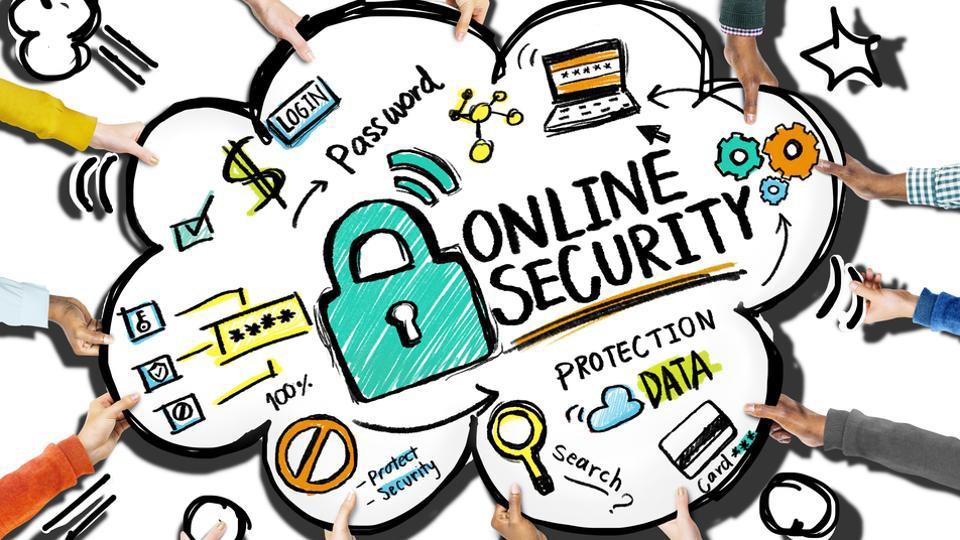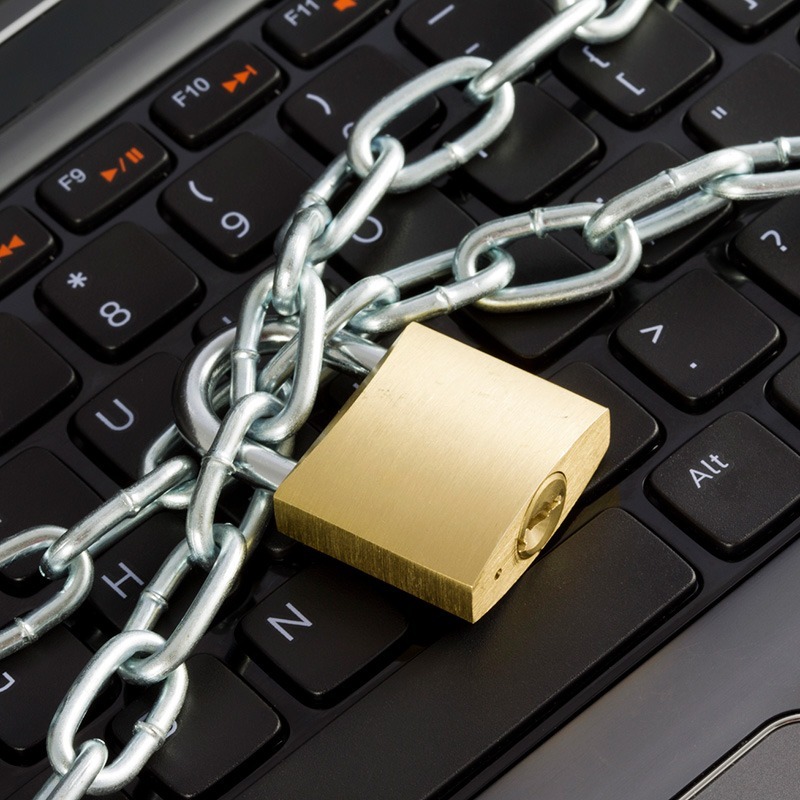Digital Safety Tips

Digital Safety and Domestic Abuse
In today's connected world, the internet is a crucial part of our daily lives, offering communication, entertainment, and information at our fingertips. However, for individuals experiencing domestic and intimate partner abuse, the digital world can also become a tool for abusers to exert control and surveillance. It's essential to understand how to protect your digital presence to ensure your safety.
Digital abuse involves the use of technology to harass, stalk, manipulate, or control a partner. This can include monitoring your online activities, using GPS to track your location, sending threatening messages, or controlling your social media accounts. Awareness of these tactics is the first step in safeguarding yourself.
According to the National Network to End Domestic Violence (NNEDV), 97% of domestic violence programs reported that abusers use technology to stalk, harass, or control victims. Additionally, a survey by the Center for Domestic Peace found that 85% of domestic violence shelters work with victims who have experienced cyberstalking.
Key Digital Safety Tips
Secure Your Devices: Always use a strong, unique password for your devices and accounts. Enable two-factor authentication where possible. Regularly update your software to protect against security vulnerabilities.
Privacy Settings: Familiarize yourself with the privacy settings on social media platforms. Limit who can see your posts, location, and personal information. Consider creating anonymous profiles or using pseudonyms to communicate safely.
Safe Browsing: Use private browsing modes to avoid leaving a trace of your online activity. Clear your browsing history and cookies regularly. Be cautious about the information you share online, especially your location and plans.
Email and Messaging: Use secure, encrypted communication methods. Email services like ProtonMail and messaging apps like Signal provide added security. Be cautious of sharing sensitive information through unencrypted methods.
Location Services: Turn off location services on your devices when not needed. Check which apps have access to your location and adjust settings to ensure your privacy.
Device and Account Monitoring: Regularly review the devices and accounts logged into your online profiles. Remove any unfamiliar devices or accounts to prevent unauthorized access.
Support and Resources: Reach out to trusted friends, family, or support organizations like Turning Point. Keeping someone informed about your situation can provide an added layer of safety. Consider using a secondary device or a secure line of communication to contact them.


Resources for Support
National Domestic Violence Hotline: Provides confidential support and resources. Call 1-800-799-SAFE (7233) or visit thehotline.org.
Love is Respect: Offers information and support for young adults. Visit loveisrespect.org or text "LOVEIS" to 22522.
National Network to End Domestic Violence (NNEDV): Provides digital safety tips and resources. Visit nnedv.org for more information.
Coalition Against Stalkerware: Offers tools and information to protect against stalkerware. Visit stopstalkerware.org.
Knowledge is power. Stay updated on the latest digital safety practices and threats. Regularly review and implement safety plans and safety measures to keep your digital life secure. Remember, your safety is priority, and there are resources and people ready to help you through this challenging time.

